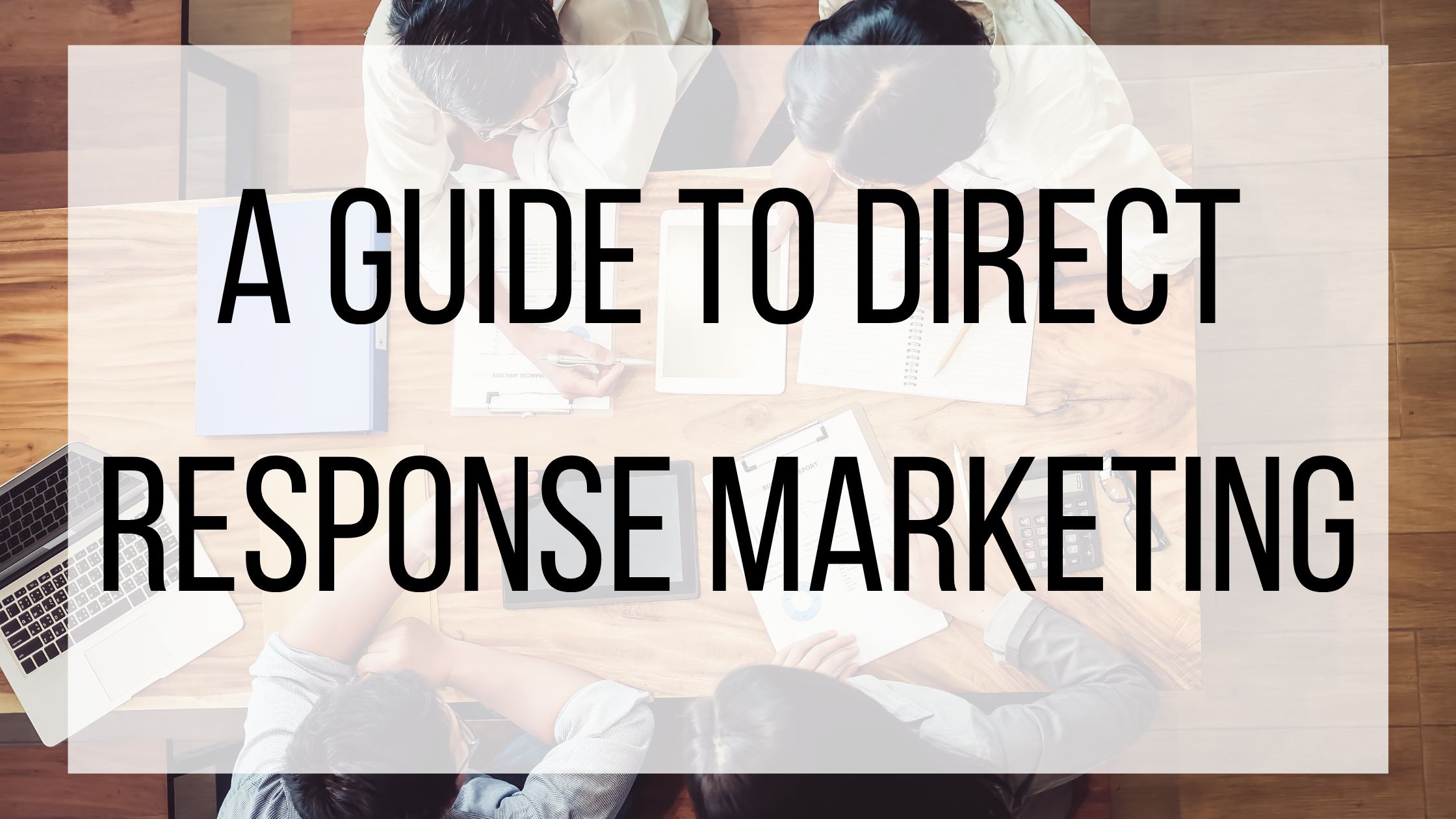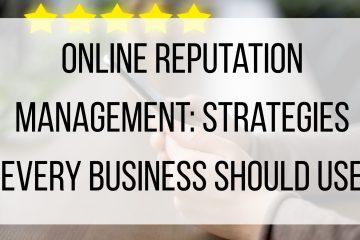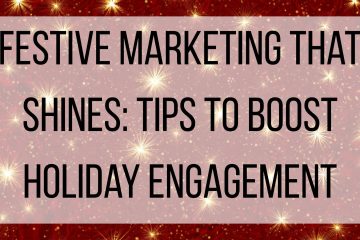A Guide To Direct Response Marketing

Getting your audience to take action quickly isn’t always easy. They might still be exploring options or uncertain whether they truly need your product or service. That’s where direct response marketing (DRM) comes in as a strategic approach. DRM is a tactic used to spark engagement, drive conversions, and motivate quick decision-making.
What Is Direct Response Marketing?
Direct response marketing, sometimes referred to as push marketing, is a strategy designed to prompt your audience to take immediate action. Whether it’s making a purchase, signing up for your email list, or following you on social media, the goal is to drive a direct response to your call-to-action. This approach is popular because, when executed effectively, it delivers fast, measurable results. To run a successful direct response campaign, you’ll need to craft a compelling message that combines a clear pitch, a strong value proposition, and an inviting call-to-action.
Direct Response Marketing Strategies:
When planning your direct response marketing (DRM) campaign, there are several key strategies to keep in mind to ensure its success.
Make Your DRM Customer-centric
Your DRM should revolve around a clear, compelling offer. Show exactly what your audience is getting and why it’s worth their attention. Use persuasive language that resonates with their needs and visuals, such as images or short videos, that grab their interest. A strong offer, paired with the right message and creativity, is what ultimately drives conversions.
Target Your Message
Not every member of your audience has the same needs or interests, so tailor your campaign to a specific subgroup. A focused message that speaks directly to their pain points or goals is more likely to capture attention and drive action. Personalization is powerful — the more relevant your message feels, the more likely your audience is to respond to your call-to-action (CTA).
Create A Sense Of Urgency
Urgency drives decisions. Think about a time when a limited-time sale prompted you to make a purchase — it’s a common tactic because it works. When people feel they might miss out on a valuable deal, they’re more likely to act quickly. Use time-sensitive offers, limited quantities, or exclusive access to motivate your audience to take action now rather than later.
Focus On The Customer
Your campaign should clearly communicate the benefit to the customer. What do they gain by taking action? Whether it’s saving time, solving a problem, or gaining insight, make the value obvious. For example, if you’re asking them to subscribe to a newsletter, highlight how it will keep them informed or help them stay ahead in their field. If you’re encouraging a purchase, share reviews or show how the product improves their daily life. The more you understand your audience, the better you can speak to what matters to them.
Direct Response Marketing Campaign Platforms:
Once you’ve laid the foundation for your DRM campaign, the next step is choosing the right platform to share it. Referral programs are an excellent option. Provide your existing customers with referral links and offer a small discount to both them and their referrals. This not only rewards loyal customers but also gives new ones a reason to shop with you.
Email remains a powerful and classic channel for DRM campaigns. Use it to notify your audience about flash sales, abandoned carts, or upcoming events. Just be sure to send emails only to those who have opted in—and always include an easy way for them to unsubscribe.
Social media ads are another effective platform for DRM. With most people active on at least one social platform, a well-planned strategy can help you reach your target audience and keep them informed about exciting updates or promotions.
Direct response marketing is a powerful tool for driving quick results. With so many channels and strategies available, there’s plenty of room to experiment and think outside the box. Have you ever launched a DRM campaign? Or come across one that really stood out to you as a customer?


